180 vs 220 vs 250 Density Wig, How to Choose?

If you have ever worn a wig and thought to yourself, “This will look better if it were fuller”. Then, you didn’t get a wig with the right density.
Your wig’s density determines how full or lightweight your wig looks. You can physically tell the density of your wig by running your fingers through your hair. You can do this by holding the hair up and running your fist through it.
If you notice less hair in your hand as you move towards the tip, it is low-density hair. If you still have a good number of hair strands, you have high-density hair.
You might be thinking, “What is the right density for my wig?”
There is no one-size-fits-all best wig density. Choosing the best density for your wig depends on factors like:
a. The texture of the hair
b. The length of the wig
c. The density of your natural hair
d. Your lifestyle
e. The hairstyle you wish to achieve
Before we walk you through the 180, 220, and 250 density wigs, you must have a clear picture of what a wig density means without confusion.
What is a Wig Density?
A wig density is simply the number of hair strands you have per square meter on a wig. If you have a few hair strands per square meter, then you have a low-density/lightweight wig. If you have more hair per square meter, then you have a dense wig.

The density of a hair is different from its thickness. The width of the strands determines the thickness of the hair. That is why a dense wig might look light if the individual strands are fine.
So, you have less hair per square meter in a 180 density wig, more hair in a 220 density wig, and even more hair in a 250 density wig.
Some people like to think of it in terms of % (180%, 220%, 250%) or the number of hair strands per square meter with matching lengths (running from roots to tip).
This image should give you a clear picture of what we’ve been talking about:

Did you notice the hair appeared fuller as the % increases?
The wig with a higher percentage density will appear thin at the root and tip, as shown in the image. This also gives you an idea of what the 220 and 250 densities look like
What Wig Density is Good for My Wig? 180 vs 220 vs 250
180 vs 220 vs 250 refers to different wig densities based on a classification. Wigs are often classified based on their densities.
Based on these classifications, we have the:
a. Lower density wigs (60% - 90%)
b. Medium density wigs (130% -150%)
c. Heavy density wigs ( 180% - 250%)
180, 220, and 250 density wigs are classified as high/heavy density wigs. You need to understand the different densities before you can decide on which to settle for.
As we have said earlier, the higher the density, the more strands of hair you have per square meter (width and length) of the wig. So, you will have more hair in a 180-density wig, even more in a 220, and extra hair in a 250-density wig.
Let’s determine which is right for you.
Is 180 Density Good for A Wig?

Yes, a 180 density is good for a wig. However, it depends on the hairstyle you wish to achieve, your priority (comfort vs style), and your hair texture.
A 180-density wig is ideal for a natural, everyday look. It is not lightweight, but it is not too heavy for you to go about your daily routine in comfort. If you like a wig to look and feel natural, a 180-density wig is a great choice.
Here are some of the features of a 180-density wig:
a. They fall under the heavyweight density wig category (usually from 180 to 250 +)
b. They are great for both long and short hairstyles
c. Easy to find. Most of the everyday wigs you see come in 180 density
d. Most recommended hair density for medium-length hair.
A 180 density wig is ideal for everyday wear. It is full enough to add more volume to your natural hair without looking too heavy.
What is a 220-Density Wig and How Does it Look?

A 220 density wig is a wig that has a density of 220%. This means that the wig cap contains 220 hairs per square meter. This amount of hair per square meter gives you a voluminous and luxurious feel.
If you are looking for voluminous hair to flatter your square or apple-shaped face. The extra volume will add more width to your face shape. Wearing a 220-density wig is ideal for special events.
Here are other features of the 220 density wig:
a. Looks great on long hair (especially from 24” +)
b. They are considered full and voluminous
c. Versatile styling. You can wear it in updos like ponytails and buns.
d. Enhanced curls. 220-density wig allows for tighter, more defined curls than low-density wigs.
What Does 250-Density Wig Mean, and How Does it Look?

The 250 density wig means that a wig cap has 250% hair per square meter. That means a 250% density wig will have more hair than the 220% and 180% respectively.
The 250 density wig is the most voluminous wig you will find in the market. The extra hairs provide a luxurious, celebrity-like look. This density is for those who want to wear an exceptional full wig.
Here are some features of the 250-density wig:
a. The fullest hair possible. Most 250-density wigs are usually double-drawn, so the hair will most likely be full (from root to tip) to give that luxurious feel.
b. Ideal for long hair. A heavy-density wig, like the 250-density wig, is ideal for long hair like the bone straight, to give that balance (balance of weight and height)
c. The best option for versatile styling. 250-density wig is great for versatile styling. You can comfortably wear dramatic updos without compromising appearance.
How to Choose the Right Wig Density (180 vs 220 vs 250)

It is important to choose the right wig density to ensure the wig sits comfortably on your head and looks good with your preferred hairstyle.
Choosing the right wig density depends on factors like your hairstyle choice, lifestyle, hair texture, etc. If you are confused about what density of wig is right for you, then this breakdown will help you:
1. The Thickness of Your Natural Hair
If you have naturally thin/fine hair, a 180-density wig might be the best option for you. Not only will it fit into your general look, but it won’t add more tension to your hair if you are going to combine your natural hair with the wig (adding a clip-in wig).
If you usually wear your natural hair out, it is better for you to get a wig with a density that matches your hair. If you have naturally thick hair, get a wig with 220 or 250 density. If your natural hair density is not as full as 220, then hair with 180-density will work best.
2. Your Preferred Hairstyle
When you are choosing a wig, always consider the hairstyle choice. Are you going for long, short, straight, wavy, or curly hair? The texture and style of the hair determine if you should get a 180, 220, or 250-density wig.
For example, long straight hair will look natural and good on a 180-density wig. Just like the full beauty of curly hair will show better on a 220 or 250-density hair. Different hair textures and lengths affect the general appearance of your wig.
Always consider these when deciding on the right density for your wig.
3. Comfort
High-density hair, like the 220 and 250, offers a luxurious and voluminous feel that may not be ideal for everyday movement. That is because hair with these densities is heavy. It may be comfortable wearing a high-density wig for your regular everyday look.
If you prefer a simple, natural-looking hair that looks like your natural hair. You know a wig allows you to enjoy all the benefits of wearing a wig without feeling like you are wearing a wig.
A 180-density wig will give you that effect more than a 220 or 250-density wig.
4. Hair Textures
Different hair textures look and feel different. For instance, a curly wig will naturally look full because of the curls, even when it is a low-density wig. On the other hand, straight hair can appear thinner, even if it is of higher density.
So, if you are getting a curly wig, you may not have to go for a high-density wig because it might look bigger than you expect (although higher-density curly hair may equal tighter curls).
5. The Wig Material
Two wigs of the same length and density can look different. That is because the material used in making the wig can significantly impact its overall appearance. Materials like the quality of hair used, the wig cap, lace type, wig attachment method, etc.
To get the desired wig that matches your expectation in terms of look and density, we advise you to choose a wig that is made from 100% human hair.
How Can I Tell the Density of My Wig?
You can tell the density of your wig by carefully reading the description on the product page or the package. We understand that some wig vendors may not put the appropriate information, but there is a way to tell.
Based on research, the length and weight of the wig can give you an idea of its density. The chat below can help you figure out your wig’s density, depending on its weight and length:

That’s it!
Getting a wig with the right density will ensure you achieve your desired hairstyle. If you already have a wig with the wrong density, then here’s what you can do:
Is the density of your wig too low?
If the density of your wig is too low, you can brush it or cut it to give an illusion of volume. If you have the time, you can add more hair weft to ventilate more hair strands.
Is the density of your wig too high?
If the density of your wig is too high, you can reduce it by plucking some hair off to give a more natural look or trimming some hair to reduce the volume.
Did you find this guide helpful? Let us know in the comments section.





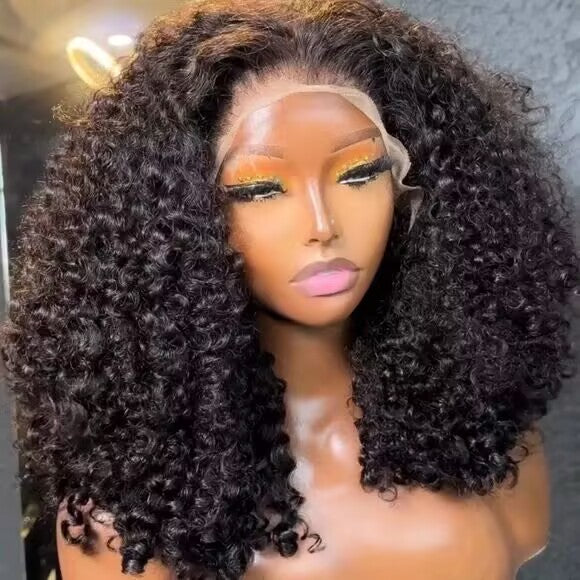




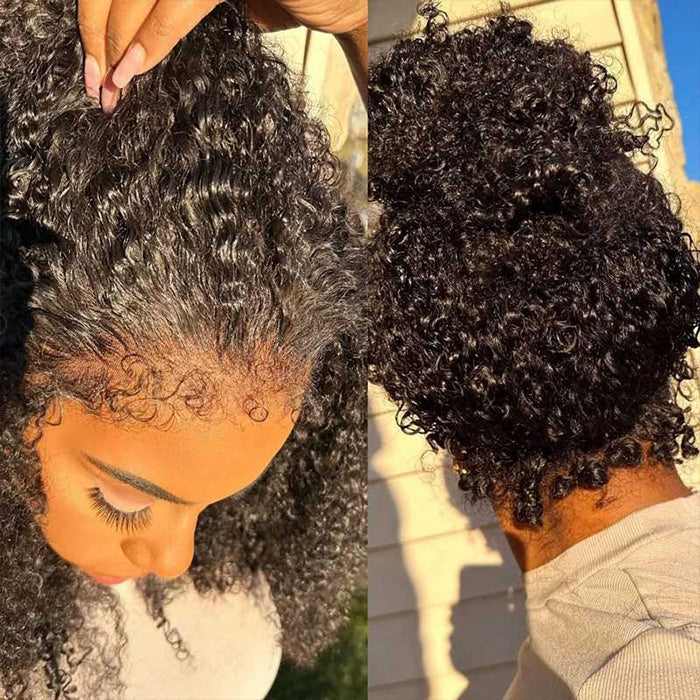



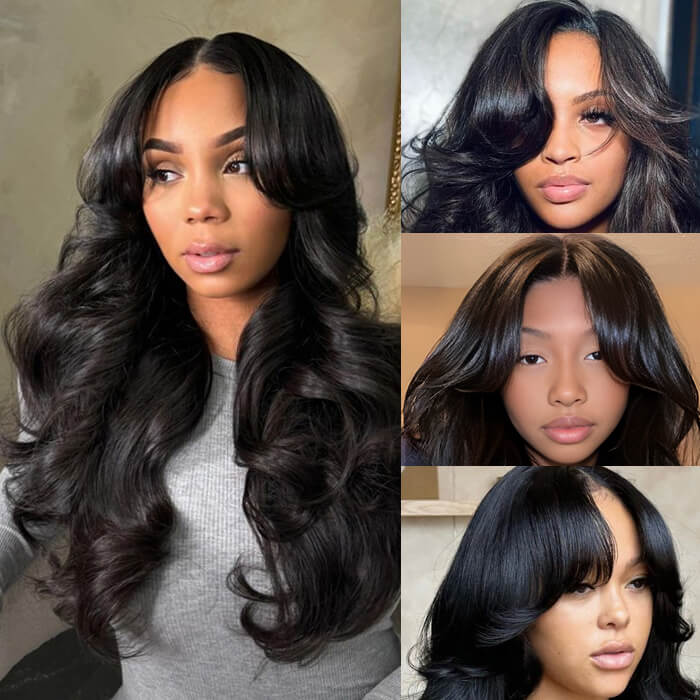


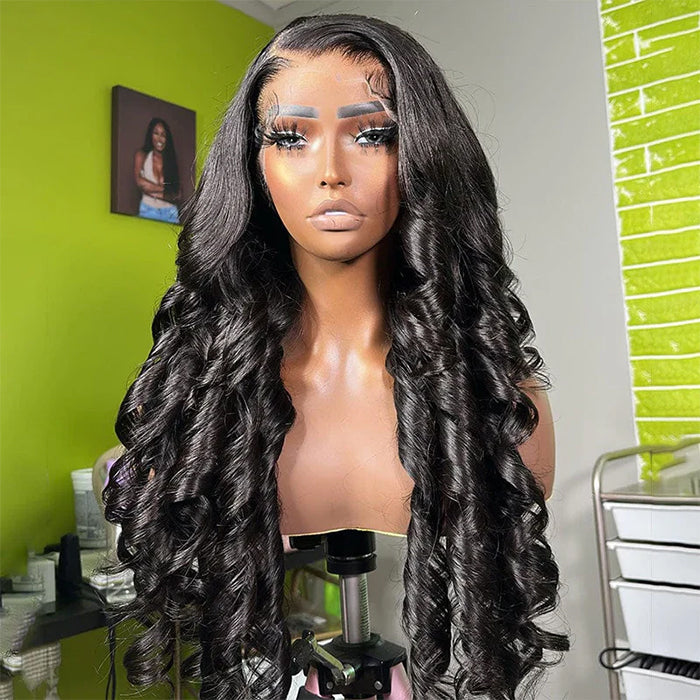

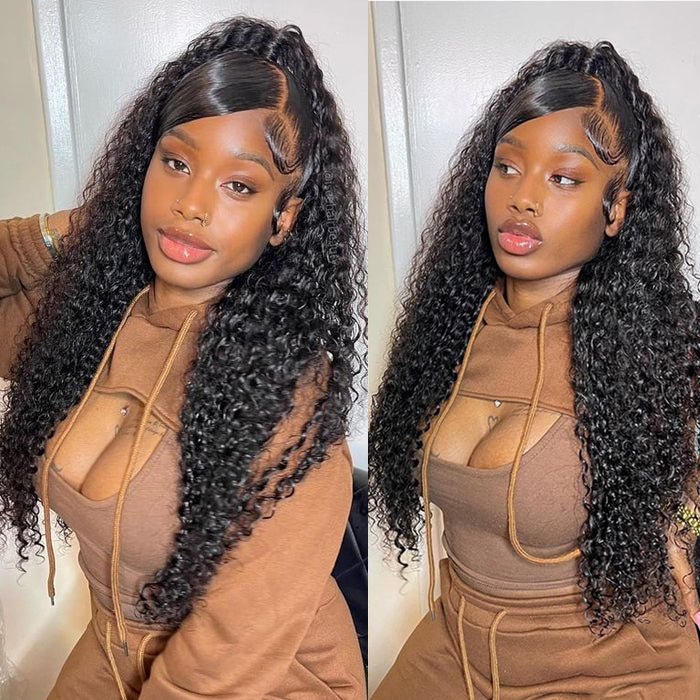


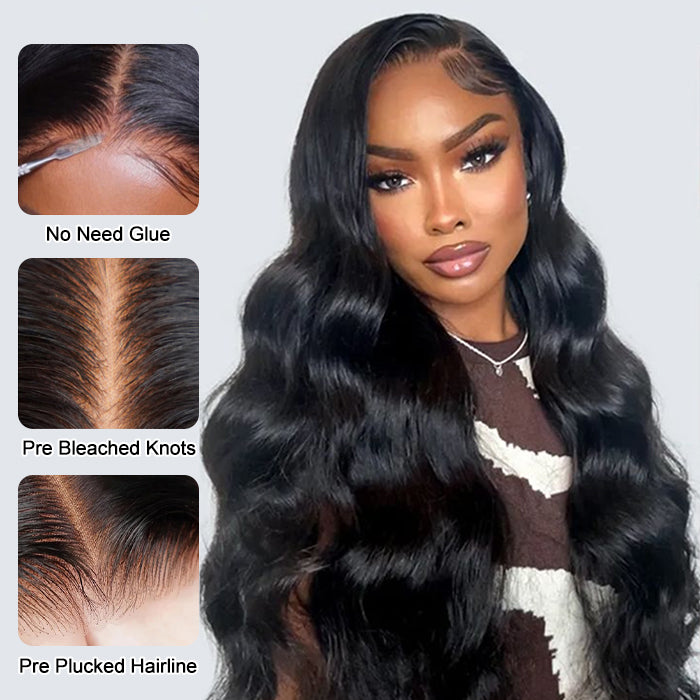
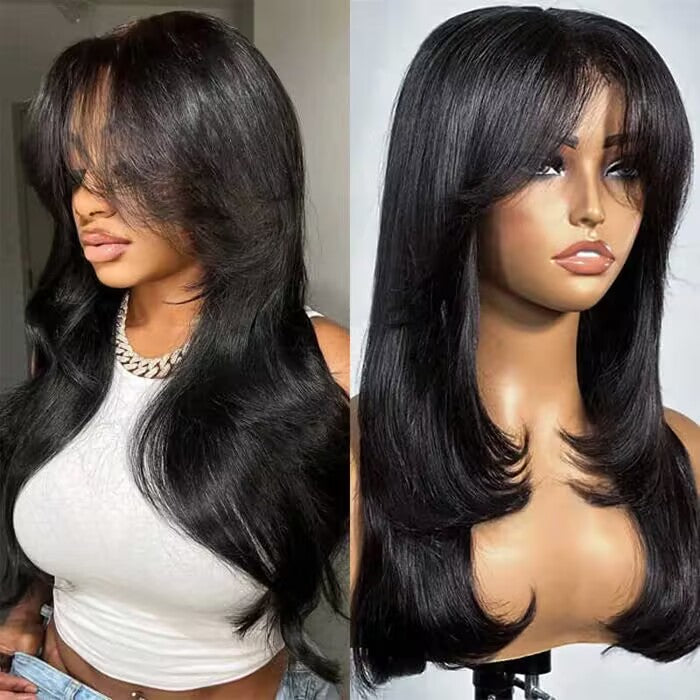
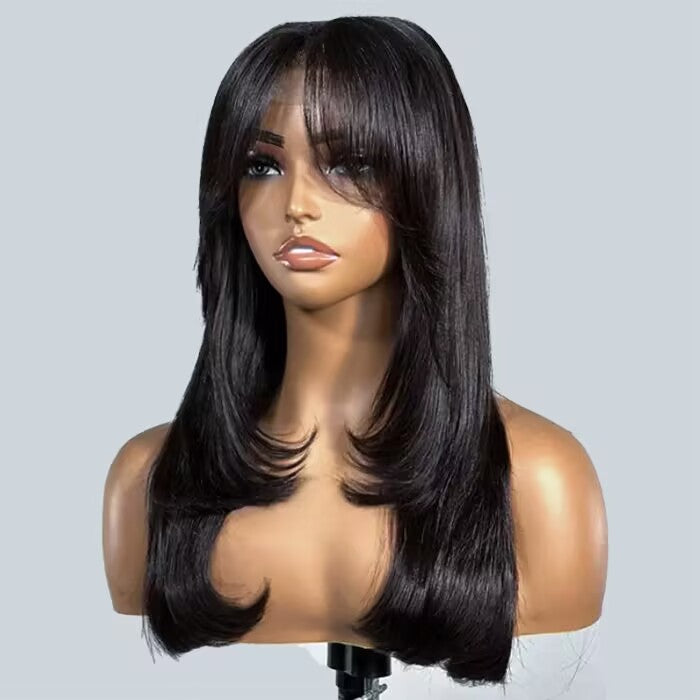
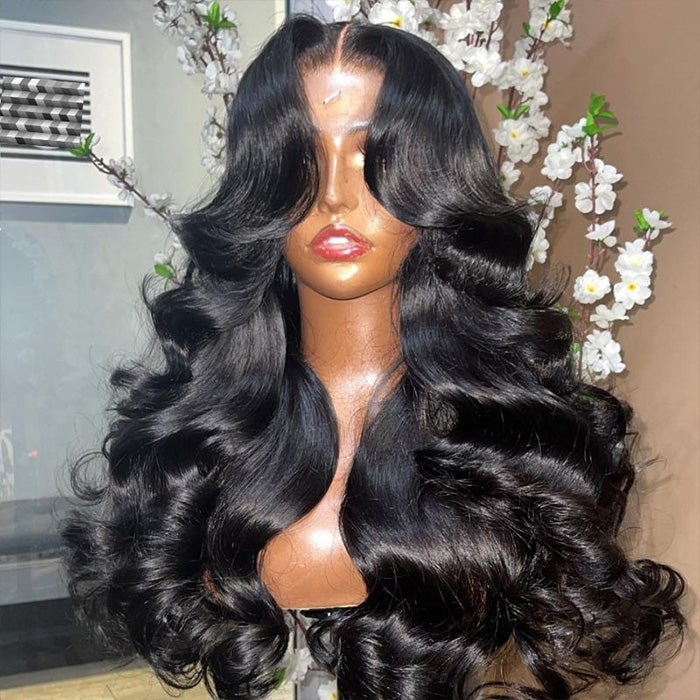
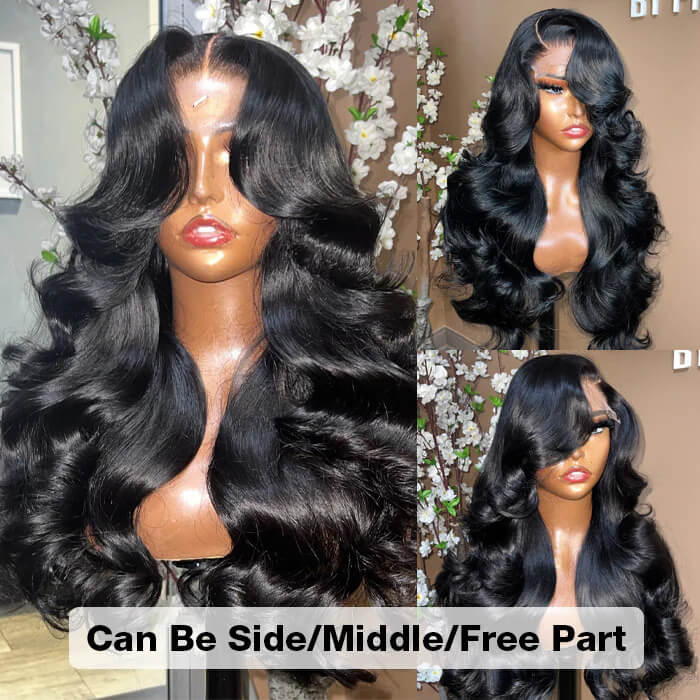
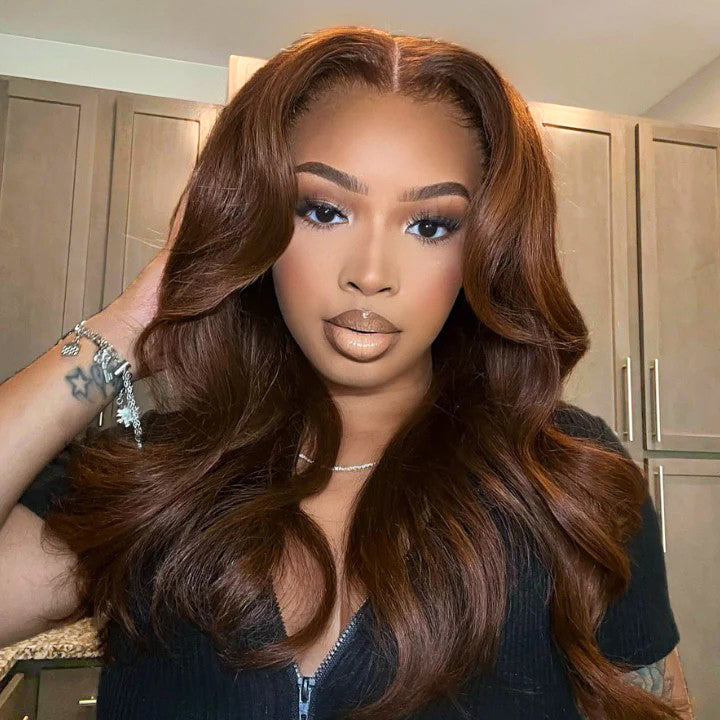

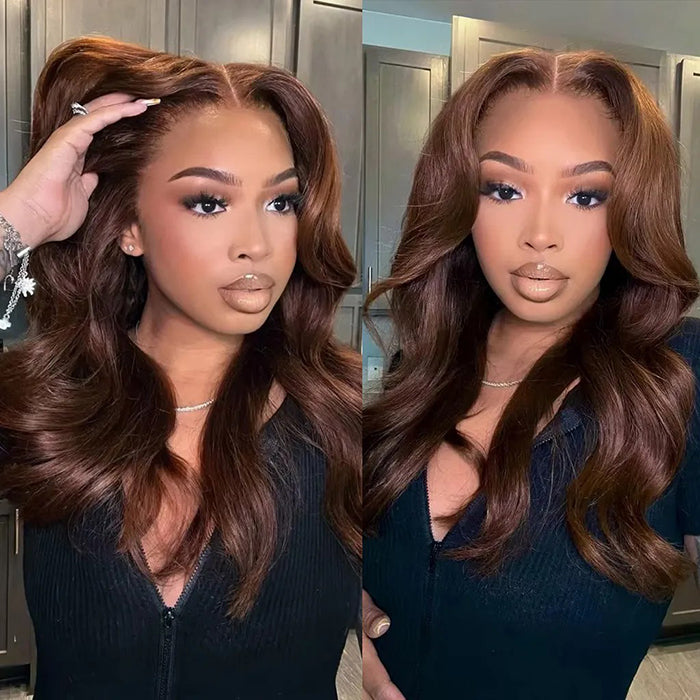

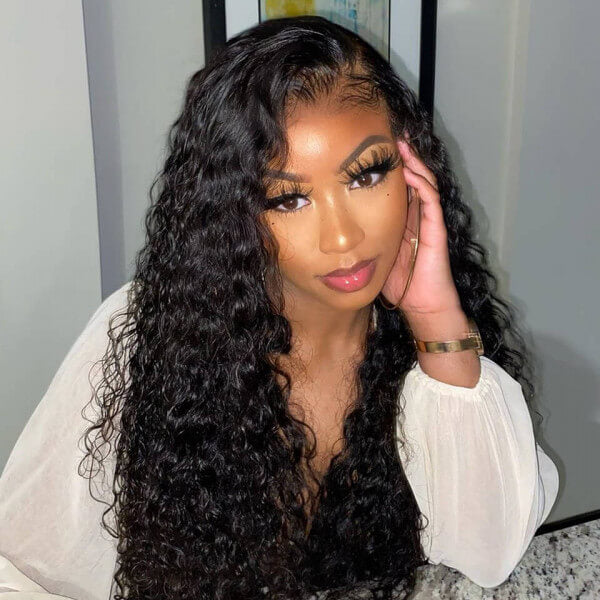

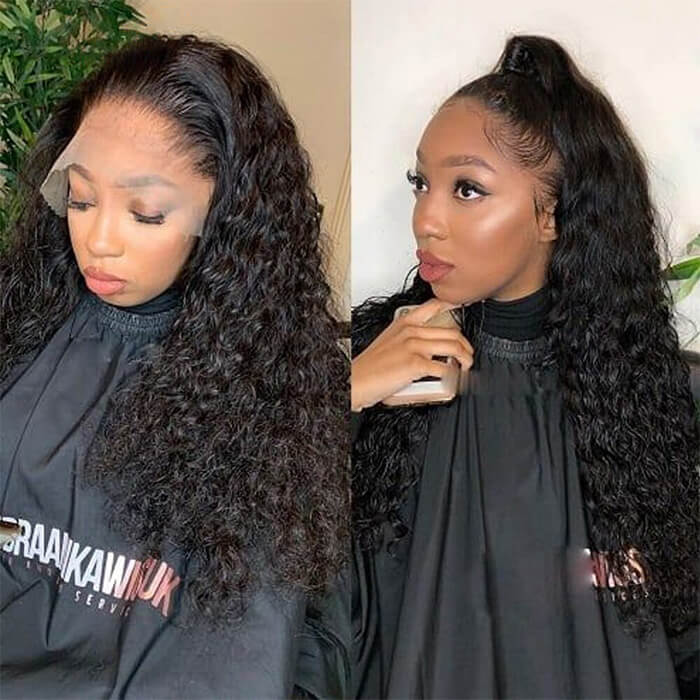
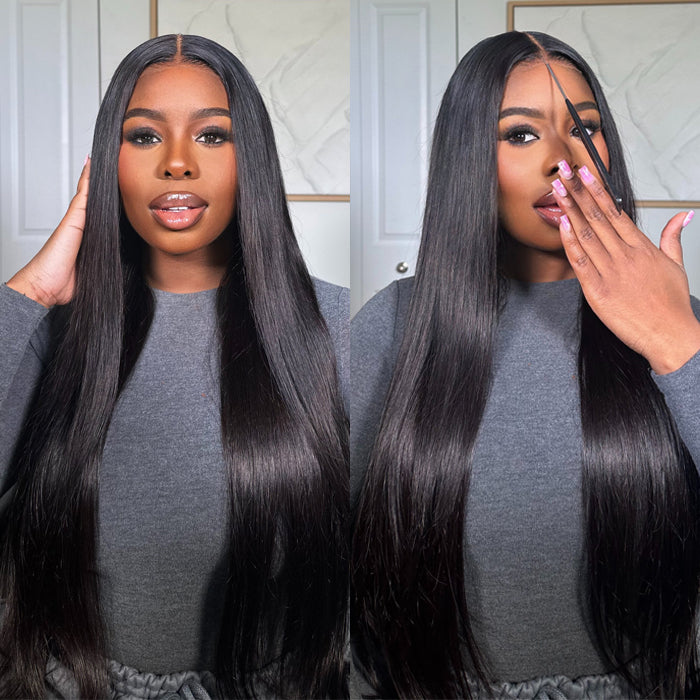
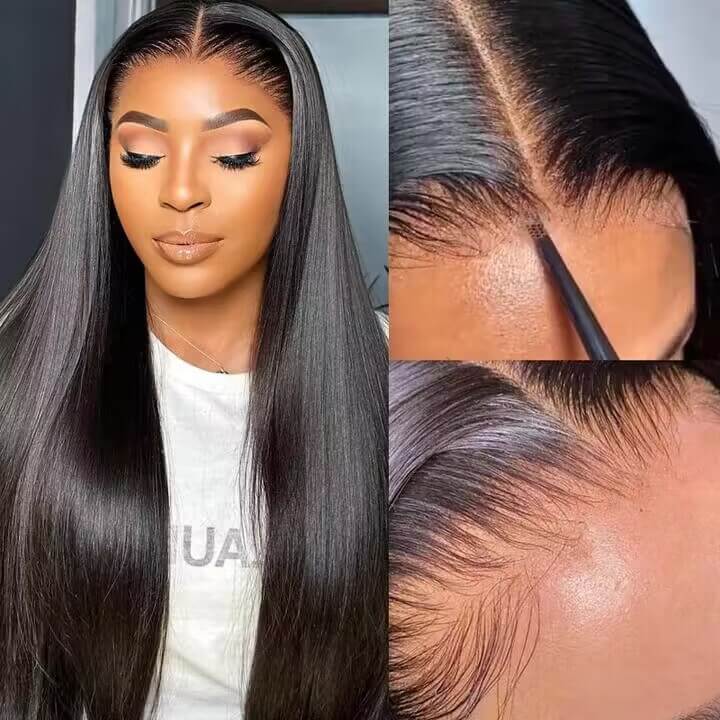

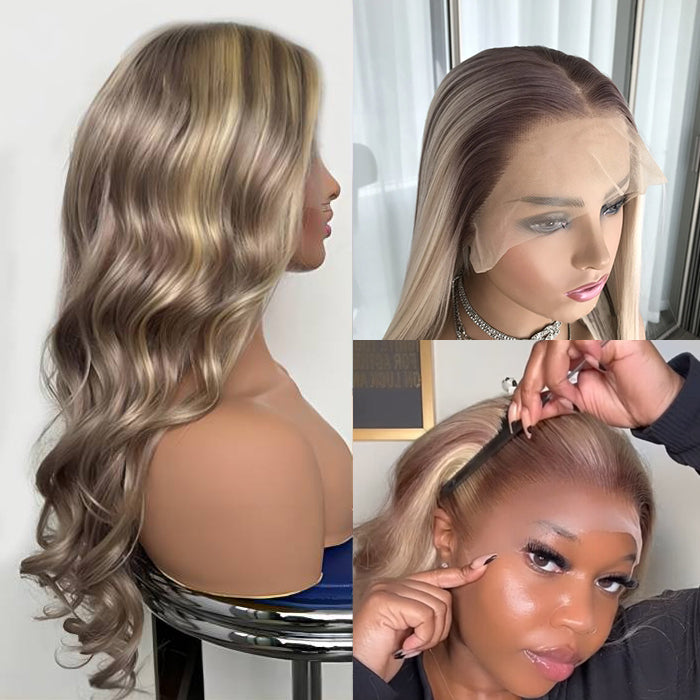
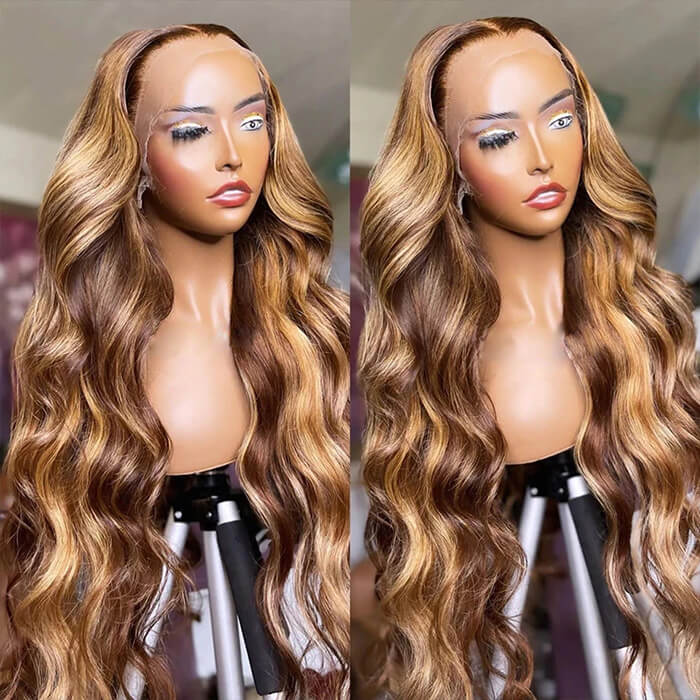
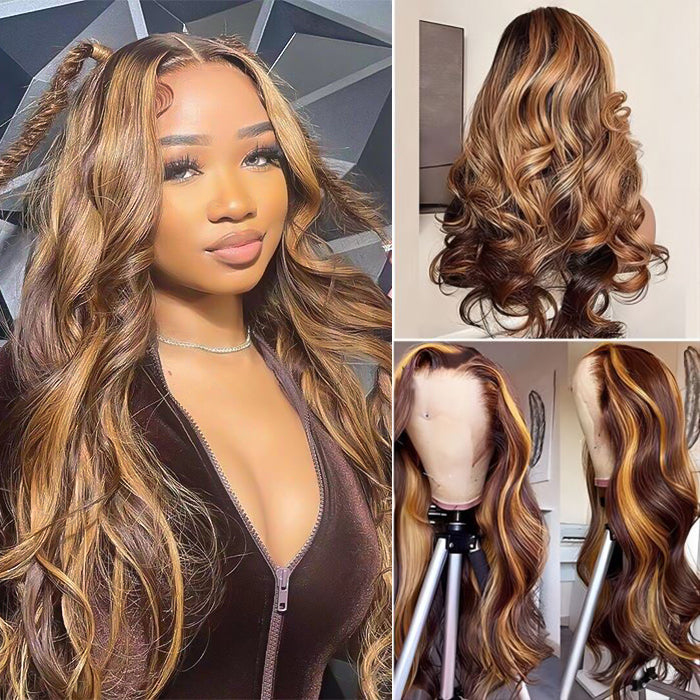
Leave a comment